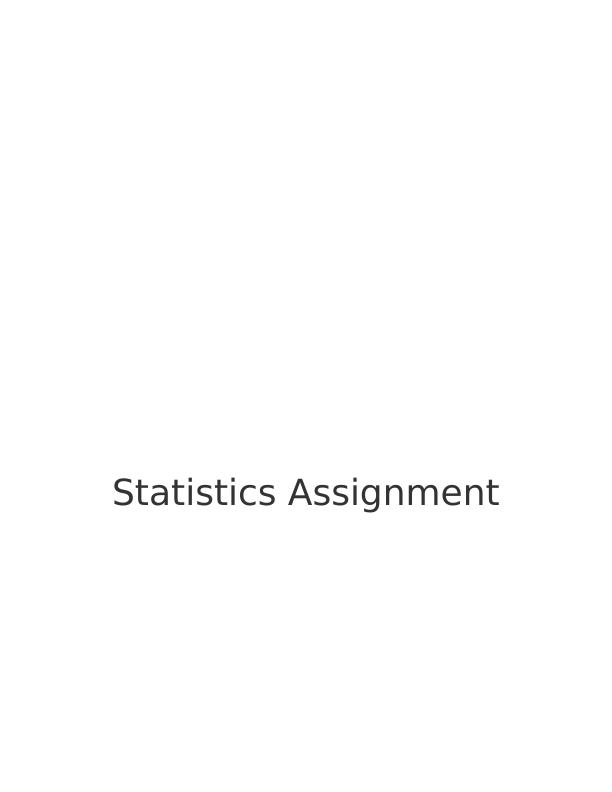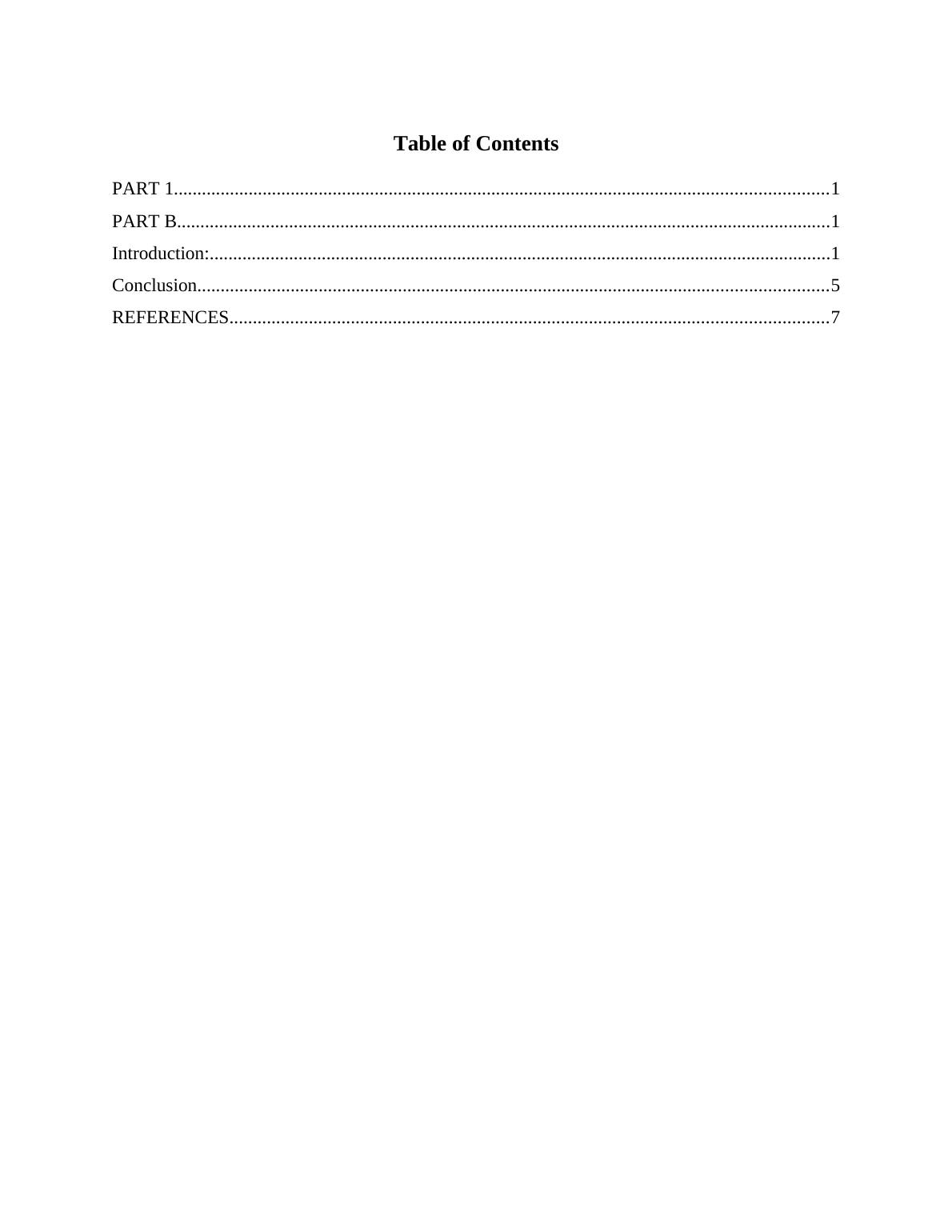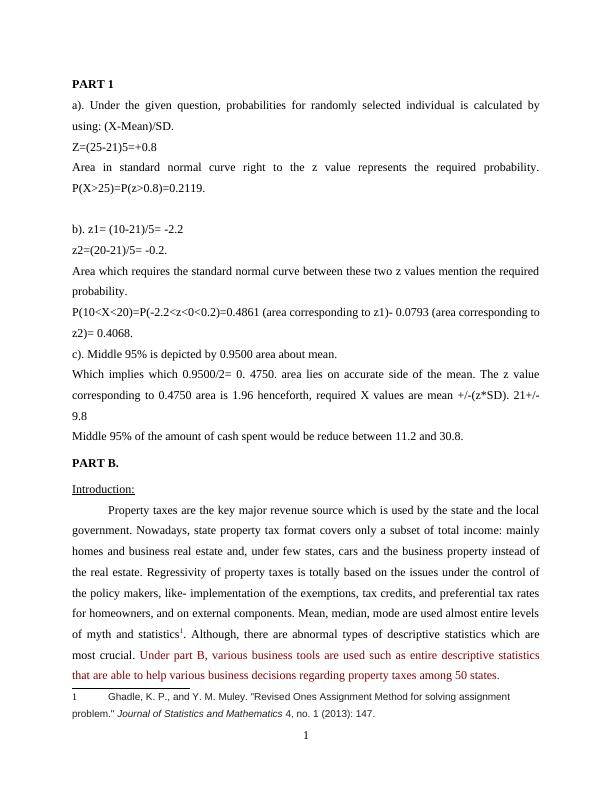Statistics Assignment: Probability
Added on 2020-06-04
10 Pages2040 Words38 Views
End of preview
Want to access all the pages? Upload your documents or become a member.
Business Statistics- Assignment
|8
|867
|222
Poisson Distribution Model - Assignment
|8
|575
|77
Summary of Statistical Research Methods used in Biostatistics
|9
|2103
|354
Statistics for Business
|9
|800
|2
Correlation and Regression Analysis
|9
|777
|80
What is the goal of descriptive statistics? Answer: Statistics
|7
|965
|423



